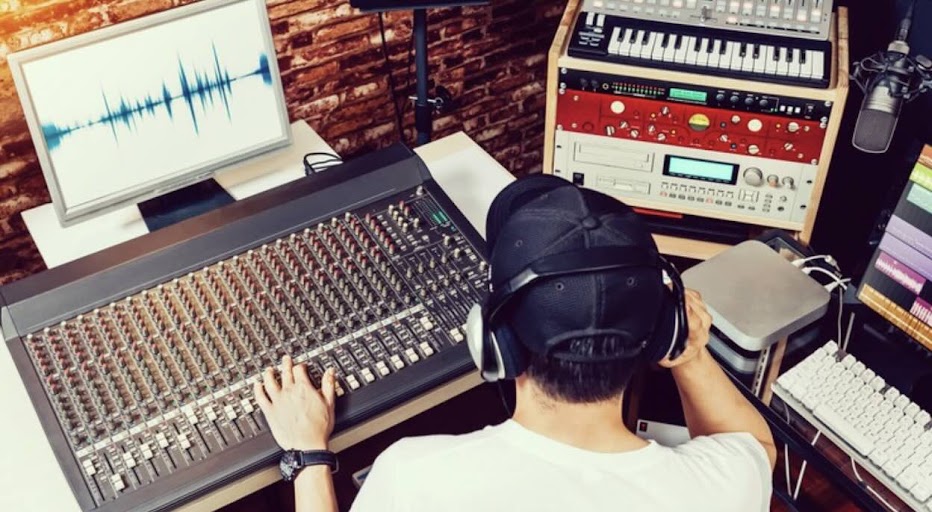Music Technology
This time I'll talk about a very interesting topic in the world of modern music: music technology. When we talk about music technology we mean all the tools that can be used for music creation, analysis and synthesis. We are living in an age where music technology grows everyday and the most interesting discoveries are yet to come.Among the available music technology tools, we can find music programming languages. Here it is a list with the most popular languages:
- Csound. This is one of the oldest languages but still popular. It has tools for music composition, synthesis, live coding and more. It's based on written code, it is free and it can be used on any computer platform.
- Supercollider. Another code-based, free and multi-platform language. Supercollider is an object oriented language that allows real time performance, synthesis, algorithmic composition and many more.
- ChucK. This is one of the newest languages yet it has become very popular. This is because its simplicity and great synchronization features, live coding, synthesis, composition, etc. It is code-based, free and multi-platform.
- Reaktor. Unlike the other examples, this is not a "real" programming language, but a graphic developing platform instead. With Reaktor you can build synths and effects in a visual way. It is a commercial software and runs on Mac and Windows. Its graphic environment allows the development of creative tools and projects in an intuitive way and with excellent sound.
- Max/MSP. Another graphic environment where you can connect "blocks" and do many processing operations. These include synthesis, MIDI and even interaction with video or images. It's a commercial software available for Mac and Windows. It's very popular due to its great integration with Ableton Live.
- Pure Data (PD). This one is like the "open" version of Max/MSP. It was created by the very same person: Miller Puckette. It's very similar to Max/MSP in its basic functions but it's open source, free and runs on Mac, Win and Linux. You can create synthesis, composition, audio, MIDI and control tools.
In future articles we will talk about working with PD. With this platform we can build the music tools we may need, for example:
- Synthesizers
- Audio signal processors
- MIDI processors (arpeggiators, splitters, etc.)
- Movement, camera or sensor controllers
- Interactive art tools
- Educational tools
- Algorithmic composition tools
All of this looks very interesting but we must understand that PD gives us the basic blocks to build all these tools. It's a kind of LEGO set for audio and MIDI processing. Anyway, this doesn't mean that building this kind of creative tools is a simple task. You need imagination, knowledge and persistence to make the things work.
Finally, we will use PD for many reasons. The first one is that PD is free and runs on any system. The second is that, being a graphic environment, it doesn't use a complex syntax nor code lines. You need to learn the language rules though, but the learning curve is so much more intuitive. The third reason is that you can use PD to work along with any DAW or virtual instrument. Another advantage is that it doesn't need a lot of processing power, so you can even use it with old laptops or even some netbooks, whether live or in the studio.
Music Technology is an essential tool for the modern musician or producer, that's for sure. These technologies will allow today and tomorrow's musicians to build the creative tools the may need. In this way, there will be almost no limits for the creative process and imagination in the world of music.








0 comments:
Publicar un comentario